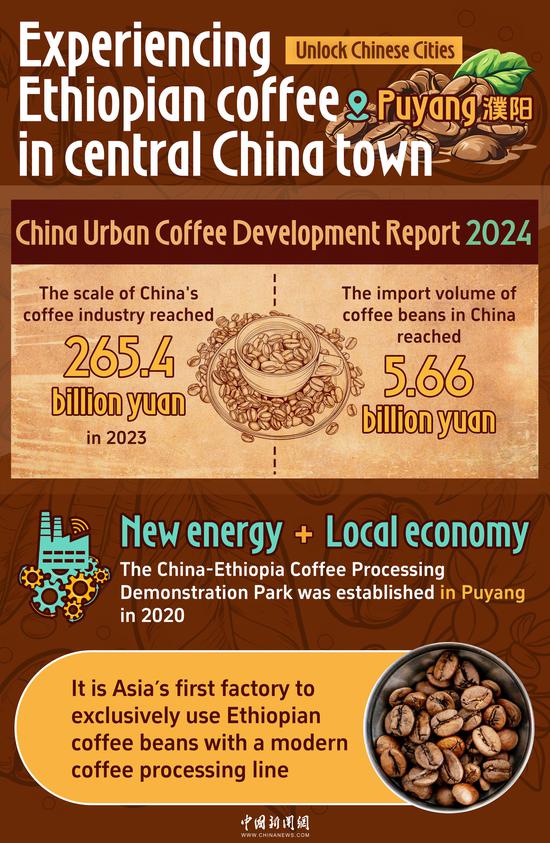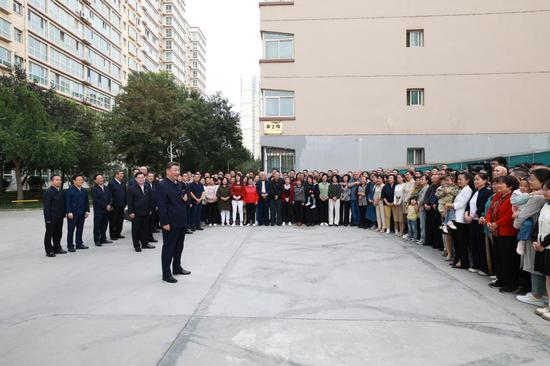Reducing imports
The plan to increase annual food production by over 50 million tons by 2030 is part of the national move to build the country into an agricultural powerhouse through efforts such as preserving growing areas, promoting mechanical farming and popularizing higher-yield varieties.
Official figures show that China's annual grain yield has remained above 650 million tons for the past nine years. The per capita food stockpile was 493 kilograms last year, well above the international food security threshold of 400 kg.
On multiple occasions, officials have reassured the public that China's food supply is stable and secure, while stressing the need to further raise productivity and output in the face of growing demand for animal proteins and pointing out the vulnerabilities in global supply chains.
An unnamed official told Xinhua News Agency recently that overall national food security is guaranteed.
However, the official said: "The tight balance between grain supply and demand will exist for a long time. In the coming period, the existing gap between production and demand may further expand (if nothing is done)."
To make sure the output target is reached on time, the plan says food production and farmland preservation are politically important tasks for local officials and calls for multichannel funding for related work, the official said, adding that it also proposes measures to incentivize planting, streamline agricultural loans and improve food storage and transportation infrastructure.
Officials said at a news conference last month that the summer grain and early rice have been harvested, and the overall growth of autumn grain is normal. The supply of farm produce is sufficient, providing the foundation and confidence for this year's Chinese Farmers' Harvest Festival — which falls on Sept 22, the Autumnal Equinox.
Established in 2018 as the first national holiday dedicated to farmers, this year's event will showcase the country's accomplishments in agricultural and rural development.
China's grain yield will grow at an annual pace of 1.1 percent over the coming decade as hunger rises worldwide, enabling the world's largest food importer to buy significantly less from overseas, according to China Agricultural Outlook 2024-33.
The country's annual crop output is projected to reach 704 million tons this year, up from 695 million tons last year, and is expected to top 766 million tons by 2033 thanks to stable growing areas and increased productivity, it said.
The report said that by 2033, each hectare of farmland in China would be able to produce an average of 6.43 tons of food, compared with the current level of around 5.83 tons, allowing the country to meet 91.5 percent of its food needs.
China's crop imports would decrease to 110 million tons in 2033, it said.
The rosy estimates in the report come as China promotes "new quality productive forces" — elements and reforms that can drive strategic emerging industries and boost productivity.
Chinese Academy of Agricultural Sciences Party chief Yang Zhenhai said that, as part of that drive, the academy will focus on basic research and "key core technological breakthroughs" in areas such as gene editing, synthetic biology, digital intelligence and green technology.
"Developing new quality productive forces is the latest deployment made by the central authorities to promote high-quality development overall," he said.
Sheikh Ahaduzzaman, a China representative at the United Nations' Food and Agriculture Organization, said that the world is falling behind in efforts to meet the UN's goal of ending world hunger by 2030, and China has been a stabilizer for the global food market.
UN data showed that by 2022, around 735 million people — or 9.2 percent of the world's population — lived with chronic hunger, which the UN said was a "staggering rise" from the pre-pandemic level in 2019.
Another 2.4 billion people faced moderate to severe food insecurity, meaning they lacked sufficient nourishment, up 391 million from 2019, the UN said.


















































 京公网安备 11010202009201号
京公网安备 11010202009201号